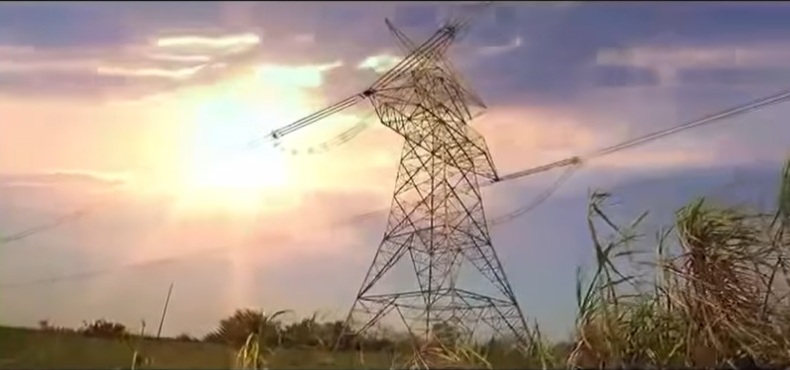The National Committee on Transmission (NCT), reviewing the HVDC link proposed by Andhra Pradesh to feed upcoming green hydrogen units in the state, feels that such a link could be considered only at a future date.
AP’s demand
In June this year, state utility Transmission Corporation of Andhra Pradesh Ltd (APTRANSCO), in a communication to Central Transmission Utility of India Ltd (CTUIL), proposed that a ±800kV, 6000 MW Kurnool – Visakhapatnam HVDC link be set up as part of the interstate transmission system (ISTS) network, as a “National Component.”
The objective of this HVDC link was to feed RE power from Kurnool area in the state to upcoming green hydrogen/green ammonia units in the Visakhapatnam and Kakinada areas. APTRANSCO has estimated that by 2030, such units will need over 10 GW of green energy, which can be supplied through the proposed HVDC link.
The major green hydrogen/green ammonia units coming up in the Kakinada region include Greenko (3 GW energy requirement by 2030) and ReNew Power (3 GW). In the Visakhapatnam region, NTPC is coming up with a green hydrogen unit that will require 4 GW by 2030.
APTransco added that once this link was set up, it could also be used to transfer generation from upcoming pumped hydropower storage units in the Kurnool and Kadapa districts, to green hydrogen units in Kakinada and Visakhapatnam.
It may be mentioned that currently the only existing source for supplying RE power to Visakhapatnam and Kakinada is the 765/400kV Vemagiri substation.
Deliberations at NCT
At its most recent meeting on September 2, 2024, NCT deliberated on the matter and inferred that the demand of 10 GW of green energy by 2030 from green hydrogen units Visakhapatnam and Kakinada could be met from upcoming AC schemes. The proposal of an HVDC link could be considered for meeting green energy requirements at the said regions beyond 2030.
Supporting its claim, NCT said that a scheme for supplying up to 3 GW to Kakinada has already been planned. This will involve setting up of the Kakinada Green Hydrogen (GH) Pooling Station (PS) through LILO of both circuits of the existing 765kV double-circuit Vemagiri-Srikakulam line. There are also plans to expand the capacity of the proposed Kakinada GH PS to 7.5 GW.
Further, a transmission system for evacuation of 7.5 GW from Kurnool IV RE Zone has also been approved. In fact, NCT has already recommended Phase-I (4.5 GW) of this project for development under the TBCB route.
With these aforementioned AC transmission systems, the RE demand of 10 GW by 2030 from green hydrogen units in Visakhapatnam and Kakinada should be met, without the immediate need to resort to the HVDC link proposed by APTRANSCO, was NCT’s view.
More studies needed
NCT also explained that AC-based power transmission systems typically take two years to commission, while HVDC systems – due to supply-chain issues – could take up to five years. Hence, even if the proposed Kurnool – Visakhapatnam HVDC link were to be taken up for immediate implementation, it could commission only by 2030-31, in the best-case scenario. On the other hand, the aforementioned AC systems are expected to commission by 2028-29.
NCT also explained that regarding additional systems for meeting RE power requirements of green hydrogen/green ammonia units at Visakhapatnam and Kakinada beyond 2030, detailed system studies would be required to be carried out by APTRANSCO and associated bodies like Southern Region Power Committee (SRPC). The nature of the additional transmission system – whether AC or HVDC – will be governed by a number of factors like timeframe of load (whether round-the-clock or only solar hours), technical feasibility, cost economics, etc.
Also read: NCT recommends four ISTS schemes worth over Rs.10,000 crore under TBCB mode
Featured photograph is for representation only

